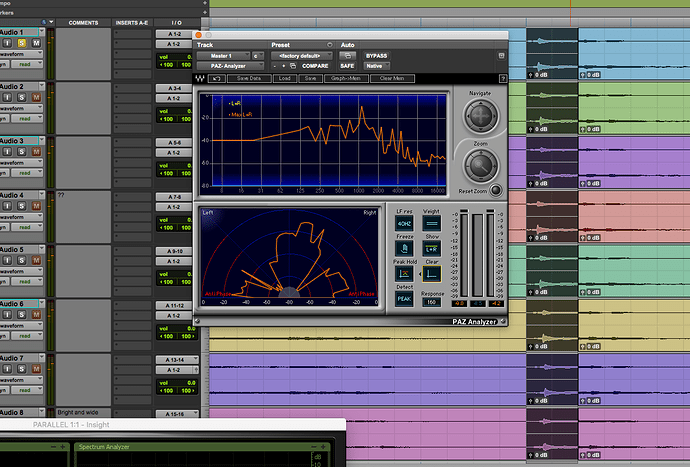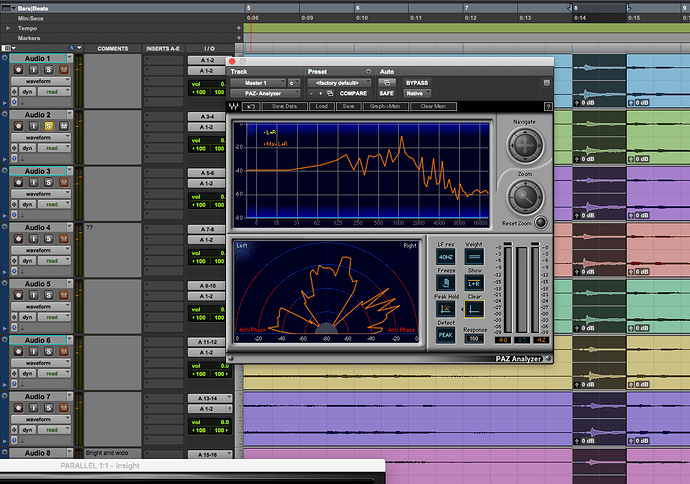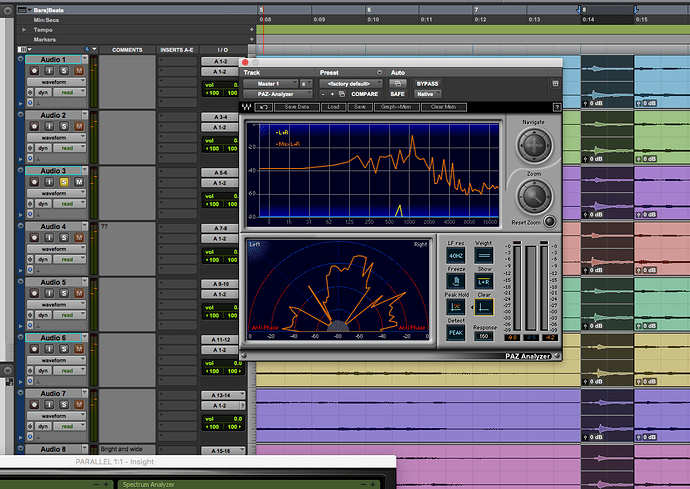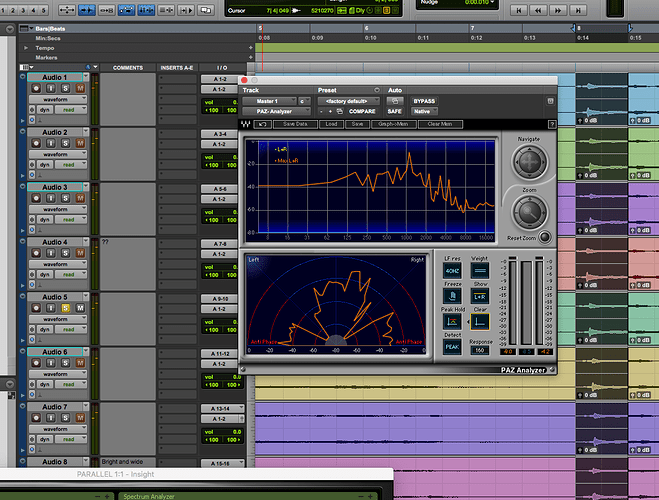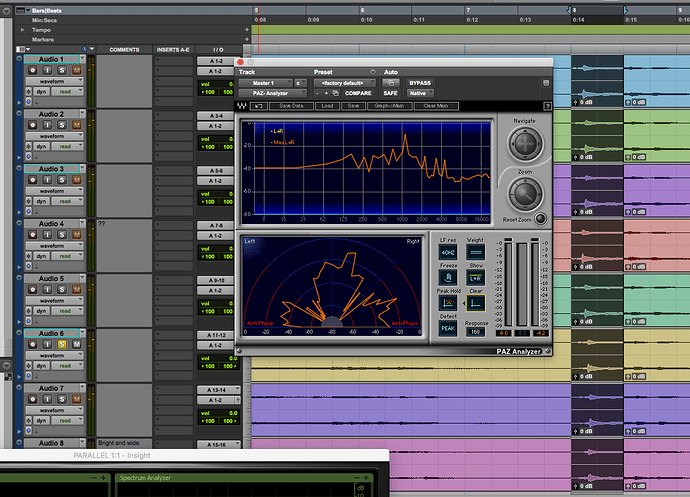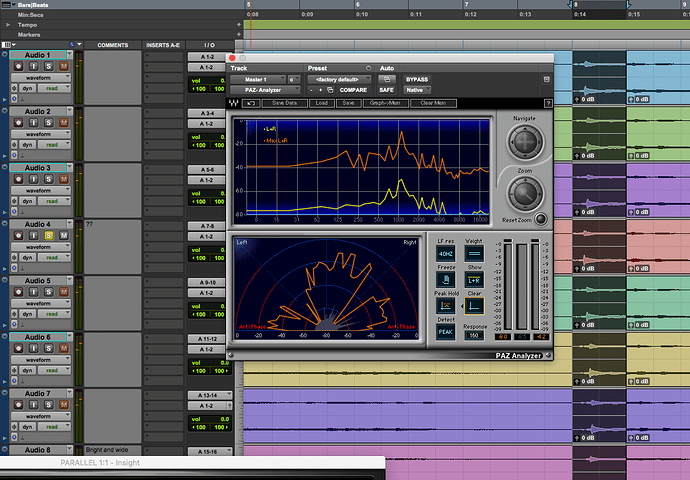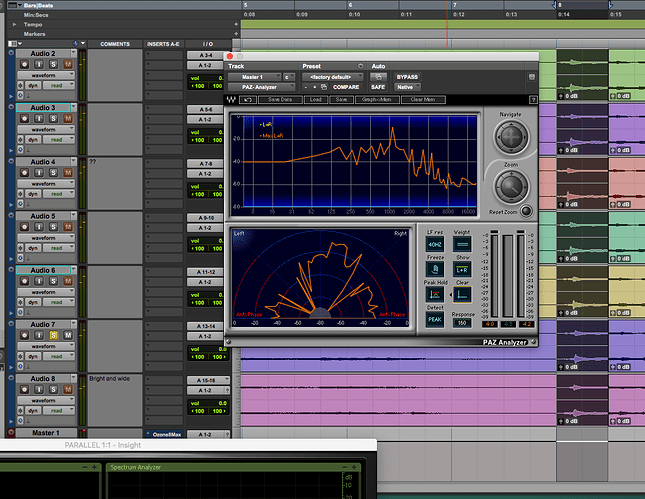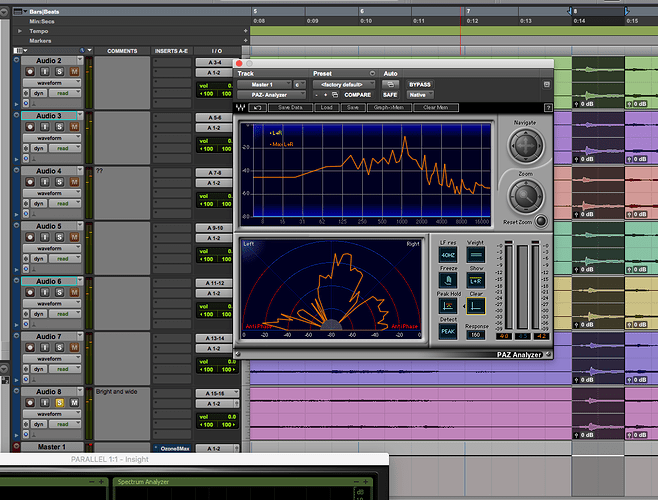Results from the SOS testing:
Round 1: Preamp letter codes for the Brauner mic files:
A - ART Pro MPA II Rating: 7.5 Chosen as Favourite: 5 times
Comments: Smooth tubey top end, neutral and rich, especially roasty, more warmth and body
B - AMS Neve 1073LB Rating: 3.4 Chosen as Favourite: 1 times
Comments: Classy vintage sound, too strident in midrange, veiled top end, rich mids and lows, brittle, sounded grainy
C - API 3124+ Rating: 2.9 Chosen as Favourite: 0 times
Comments: Vague, dreamy, a touch boxy, slightly harsh midrange, disliked, clean but smooth, strident
D - Mackie VLZ Pro Rating: 6.8 Chosen as Favourite: 2 times
Comments: Not much character, big bottom end
E - SSL XLogic VHD Pre Rating: 6.5 Chosen as Favourite: 4 times
Comments: Clean, accurate, neutral, more transparent, warm lows, more depth and evenness, brittle, less solid, little dull, most information and naturalness
F - GP Electronics PML200E Rating: 4.2 Chosen as Favourite: 1 times
Comments: Dark, slightly plasticky, close and intimate
G - Maselec MMX-4XR Rating: 6.4 Chosen as Favourite: 2 times
Comments: Clean, accurate and neutral, muffled top end, slightly distant, smooth character, sharper transients
H - Prism Sound Orpheus Rating: 6 Chosen as Favourite: 4 times
Comments: Sounds more stereo, zingy, closed in, veiled or murky, prominent low end, smooth
character, more clarity and separation, smooth without sounding dull, disliked and would
avoid
Round 2: preamp letter codes for Sennheiser MKH20s
A - GP Electronics PML200E Rating: 5 Chosen as Favourite: 2 times
Comments: No particular sound, warm clean and detailed, on the dull side, probably txfm-less
B - ART Pro MPA II Rating: 7.4 Chosen as Favourite: 3 times
Comments: Intimate, can hear further in, more depth and ambience, sounds more musical and dynamic (same preamp as Brauner A and Royer D?), most information and naturalness
C - Maselec MMA-4XR Rating: 3.5 Chosen as Favourite: 1 times
Comments: Slightly hard midrange, Mackie/ART?, slightly dull
D - AMS Neve 1073LB Rating: 5 Chosen as Favourite: 1 times
Comments: Neutral, natural, rich quality
E - SSL XLogic VHD Rating: 5.5 Chosen as Favourite: 1 times
Comments: Intimate, great clarity, nothing objectionable
F - Prism Sound Orpheus Rating: 7 Chosen as Favourite: 1 times
Comments: Warm, close and detailed, best overall balance, slightly dull
G - Mackie VLZ Pro Rating: 5.6 Chosen as Favourite: 0 times
Comments: Warm and intimate, detailed, ART/Mackie?, sharp in the mids, probably txfr-less
H - API 3124+ Rating: 5.5 Chosen as Favourite: 1 times
Comments: Rich mids, nice frequency balance, not as detailed, possibly Mackie?
Round 3: Preamp letter codes for Royer SF12
A - Mackie VLZ Pro Rating: 3.8 Chosen as Favourite: 0 times
Comments: Less detailed, slight edge, not as detailed, slightly dull, Neve/API?
B - Maselec MMA-4XR Rating: 3.5 Chosen as Favourite: 0 times
Comments: Shrill top notes, slightly dull, bad!
C - Prism Sound Orpheus Rating: 6.8 Chosen as Favourite: 2 times
Comments: Warmer bottom end, delicacy, nicest so far, very accurate and fast, deep and tight lows, neutral, Maselec?
D - SSL XLogic VHD Rating: 6.6 Chosen as Favourite: 3 times
Comments: Delicate, Intimate, Richness, more detail, least natural (same preamp as Brauner A and MKH B?), delicate, precise, detailed and warm
E - API 3124+ Rating: 3.8 Chosen as Favourite: 1 times
Comments: Less detailed, slightly dull, nice colour, valve preamp?
F - GP Electronics PML200E Rating: 5.6 Chosen as Favourite: 1 times
Comments: Detailed yet neutral, midrange richness, slight edge, slightly dull
G - AMS Neve 1073LB Rating: 6.4 Chosen as Favourite: 3 times
Comments: Less detailed, slight edge, clearer, bright and clean with more dynamics, Neve/API?
H - ART Pro MPA II Rating: 5.6 Chosen as Favourite: 2 times
Comments: Shrill and slightly harsh, bright clear and dynamic
So it looks like each preamp performed quite differently depending on which mics were used.
In my opinion, it had to more with impedance matching of preamp inputs to mics than it did with the circuitry design of the preamps themselves.
Edit:
Interestingly the ART preamp which had the highest rating in 2 of the 3 mic tests has a variable impedance matching knob which may have helped in matching it to the varying microphones.
